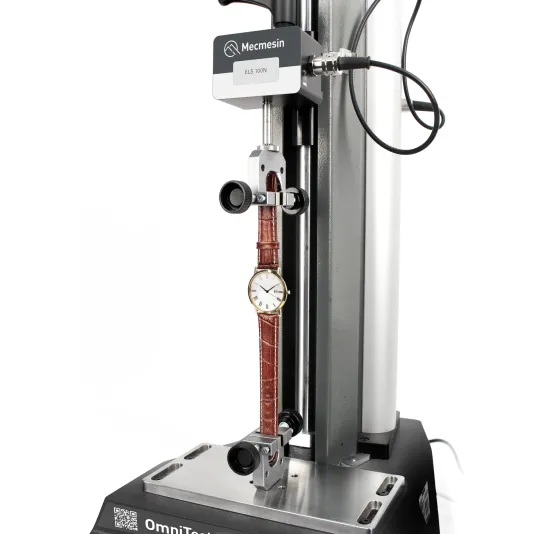Manual controls and switches
Switches come in many different configurations... toggle, rotary, mercury, push-button, reversing, relay and circuit breaker. Multiple contacts may be controlled by the same knob or actuator, and the contacts may operate simultaneously or alternately. A switch may be operated manually (such as a light switch or a keyboard button) or may function as a sensing element to detect the position of a machine part, liquid level, pressure, or temperature, such as a thermostat.
What they all share in common is the need for smooth and consistent operation when actuated by pushing, pulling or twisting. The load/displacement or torque/angle characteristics of switch mechanisms can be accurately and repeatably measured by Mecmesin force and torque measurement equipment. It is even possible to identify and report the parameters of the 'open' and 'closed' electrical contact points.
Mechanical controls generally use a lever and cables. They allow an operator to move the lever with a mechanical linkage that moves the corresponding control in relation to the lever movement. Uses include throttle, gear-shift , brake and other control systems in industries such as automotive, aviation, marine and engineering. Mecmesin force and torque testing instruments are ideal for measuring the operating efforts required by a user of such control devices.















